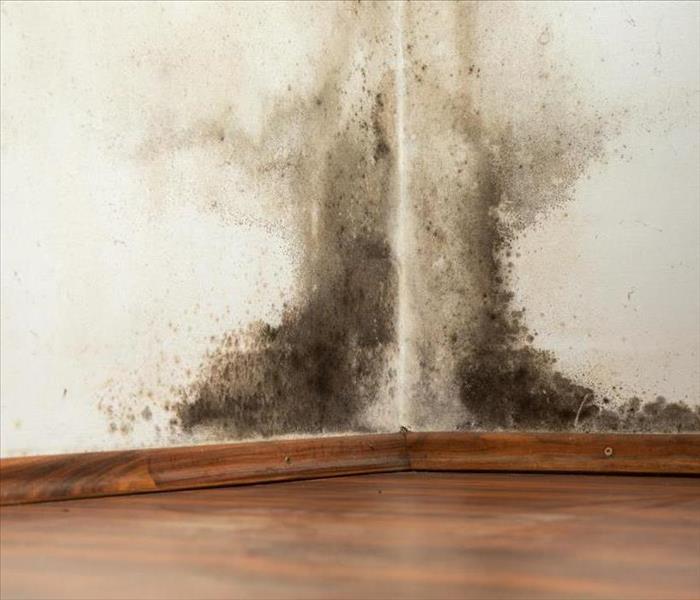Don't let the mold get too old...
4/23/2019 (Permalink)
How much do you know about microbial growth?
We see it frequently. In fact, we are so adamant about mold that we want to make sure everyone else knows what potential hazards microbial growth could cause. There's a life cycle that many are unaware of, and this article could possibly help you understand how it all works!
When an organic material, such as wood, gets an abundance of water exposure - it only takes between 24-72 hours for microbial growth to start developing. The key components for growth includes nutrients, temperature, light, aeration, pH and water activity.
The first stage is called hyphal growth, which is the stage where hyphae goes to obtaining it’s nutrition. The hyphae will grow into a mycelium, the main body of the fungus which is also the visible portion.
The second stage is called Spore formation. This is when spores grow on the end of hyphal cells.
The third stage is called Spore Dispersal. After the spores are formed, they are released into the air and carried elsewhere to begin the process of germination and growth all over again. Mold spores are highly resistant and durable. They can remain dormant for years in even hot and dry environments.
The final stage of the process is called Spore Germination. Once the spore is dispersed to a new area and when the optimal conditions exist, moisture and nutrient availability, the spore will begin to germinate into a new hyphael cell.The life cycle of mold then begins again.
If you suspect microbial growth is forming in your home, you can have the confidence that SERVPRO of Cedar Mill / Oak Hills will be there to fix the situation immediately!






 24/7 Emergency Service
24/7 Emergency Service
